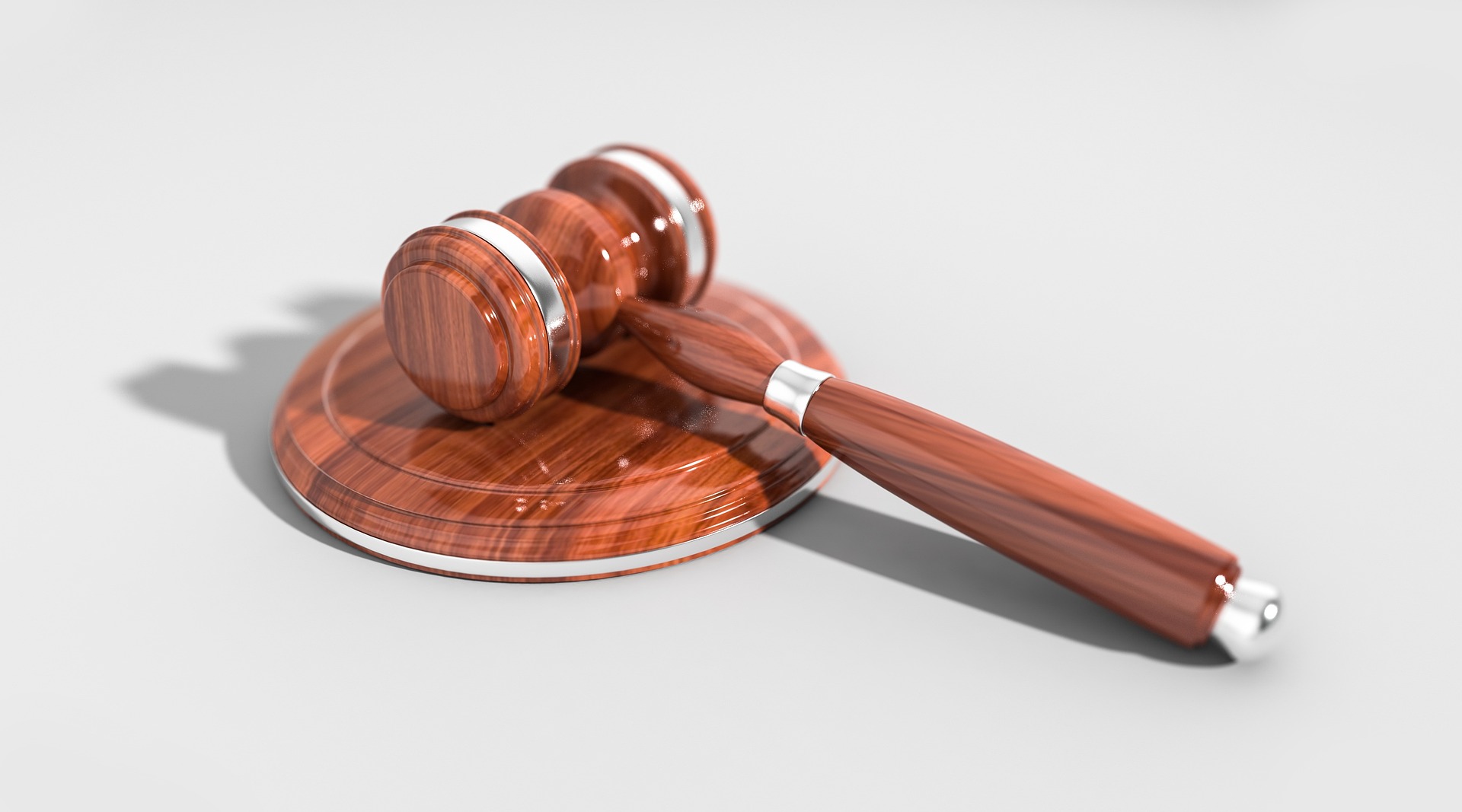The Unraveling of the Insanity Defense: A Legal and Societal Examination
Introduction: Delve into the intricacies of the insanity defense, a controversial aspect of the legal system. Uncover the historical roots, recent developments, and societal implications of this legal strategy, highlighting its critical role in the justice system.

A Glimpse into The Past: The Origins of The Insanity Defense
The insanity defense traces its roots back to ancient Roman law. The principle was simple—if a person was incapable of understanding the difference between right and wrong, they were exempt from criminal punishment. This principle evolved over centuries, becoming a formal part of English common law in the late 1700s. The famous M’Naghten Rule, established in 1843, remains a widely used standard for insanity defense in many jurisdictions today.
Contemporary Shifts: Recent Changes to The Insanity Defense
Fast forward to the 21st century; the insanity defense has undergone significant changes. Several states in the U.S, for instance, have shifted from the traditional M’Naghten Rule to more stringent standards that require proof of the defendant’s inability to control their actions. Other jurisdictions have abolished the insanity defense altogether, replacing it with the ‘guilty but mentally ill’ verdict.
The Letter of the Law: Key Court Rulings on The Insanity Defense
Court rulings have played a vital role in shaping the insanity defense. In the landmark case of Kahler v. Kansas (2020), the U.S Supreme Court upheld the constitutionality of Kansas’s decision to abolish the traditional insanity defense. This ruling affirmed the states’ rights to define the mental state required for criminal liability, potentially paving the way for more restrictive insanity defense laws.
The Ripple Effect: Implications of The Insanity Defense on Society
The insanity defense has profound societal implications. It raises critical questions about the balance between justice and compassion, punishment and treatment. Critics argue that it allows dangerous individuals to evade justice, while proponents contend that it prevents the penalization of those who are genuinely incapable of understanding their actions.
Weighing the Scales: The Future of The Insanity Defense
The future of the insanity defense remains uncertain. As mental health awareness grows, so does the debate about the fairness and effectiveness of this legal strategy. However, it is clear that any changes to the insanity defense will require careful consideration of their impact on the justice system and society at large.
In conclusion, the insanity defense is a crucial aspect of the legal system, embodying society’s struggle to balance retribution and rehabilitation. As it continues to evolve, it serves as a reflection of our understanding and attitudes towards mental illness.





